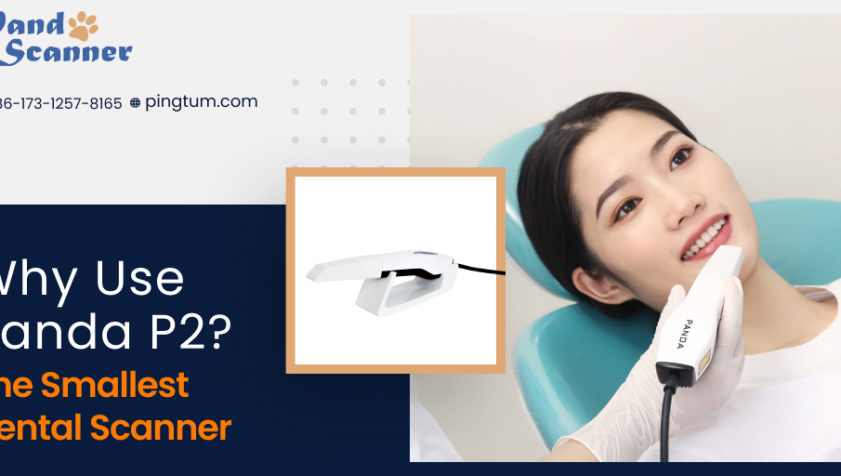The relentless march of technology has impacted dentistry in a major way. The use of dental scanners has perfected diagnosis and treatment and has virtually minimized or eliminated errors. If earlier, patients had to endure long hours at the clinic undergoing lengthy diagnostic procedures, it is a different story now. For patients suffering from missing or broken teeth issues, the application of digital technologies in the form of dental scanners has been a game-changer of sorts. Traditionally, dental impressions constitute negative watermarks of teeth (hard tissues) and gums (soft tissues) from which positive models or casts are formed.
It is done by placing the material on the dental arches to obtain dental impressions. Initially, the material is in a semi-solid state, which then solidifies or sets in to harden. Thus, a replica of the patient’s dentition is obtained. This procedure is often fraught with challenges or risks of gagging, which patients can face when holding the material in their mouths. A digital impression system, on the other hand, takes virtual images of the soft and hard tissues and displays them on a chairside monitor for the dentist to analyze in real-time. The patient too can visualize the 3D images of his or her oral cavity thereby fostering greater trust and transparency.
This brings us to the question – how many types of digital impression systems are there.

Types of digital impression systems
In general, there are two types of dental scanners or digital impression systems available today based on the type of light source they use.
- The first one uses a blue coloured Light Emitting Diode (LED) and rests on a reflective surface. The system needs a powder to obtain the representation of the patients’ teeth and gums.
- The second one uses a laser to obtain the representation of patients’ dental morphology. It does not require the use of any powder.
There are both standalone and portable dental scanners helping dentists attain crystal clear 3D images of the patients’ buccal cavity. Among them, Panda P2 from Pingtum, a reputed Chinese manufacturer, has created a niche for itself as the smallest 3D video-type digital impression system in the world.
What is Panda P2?
It is a state-of-the-art dental scanning device that adds great value to the workflow of dentists in terms of flexibility, precision, speed, and productivity. Without inconveniencing patients, Panda P2 offers high-quality 3D pictures. This scanning device is the smallest video-type 3D dental scanner in the world, which is 30% more accurate and 50% faster than others. Small, lightweight (246 gm), and easy to carry, Panda P2, the revolutionary digital impression system is designed to scan the internal characteristics of the patients’ oral cavities.
Top features of Panda P2
The top features of the world’s smallest 3D dental scanner are as follows:
- Improved scanning performance using AI technology
- High accuracy, full HD colour, and clear margin line
- With 3 different tips, it can address the demands of different applications
- Easy to learn and operate
- Power-free and true colour scan
- Fast scanning speed
Conclusion
Panda P2, the world’s smallest 3D video-type dental scanner can add value to the workflow of dentists and deliver better patient experiences. To know more about the digital impression system, one may call +86-512-66580776 or send an email to info@pingtum.com.






